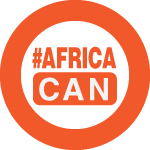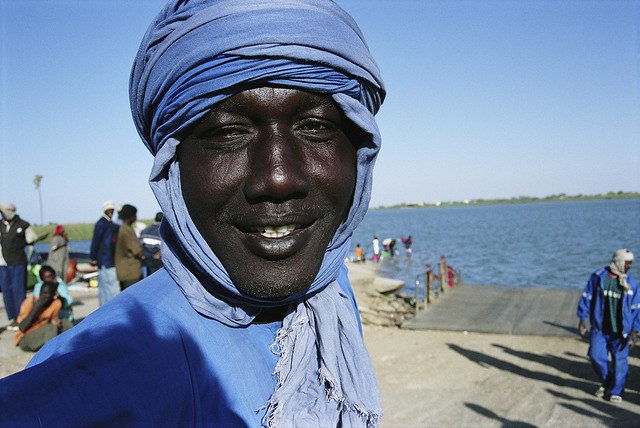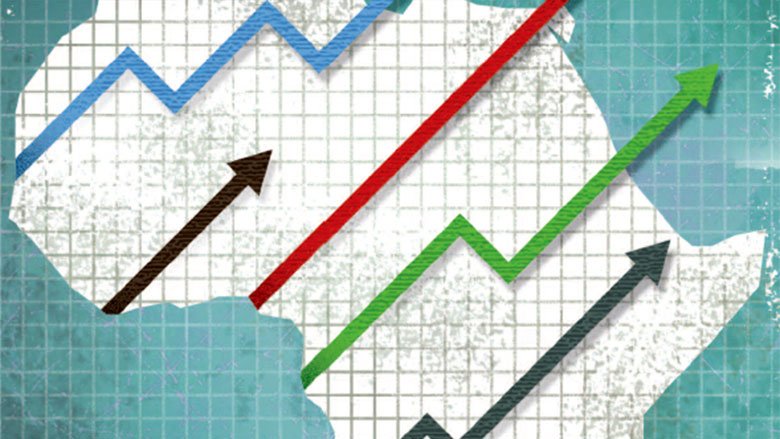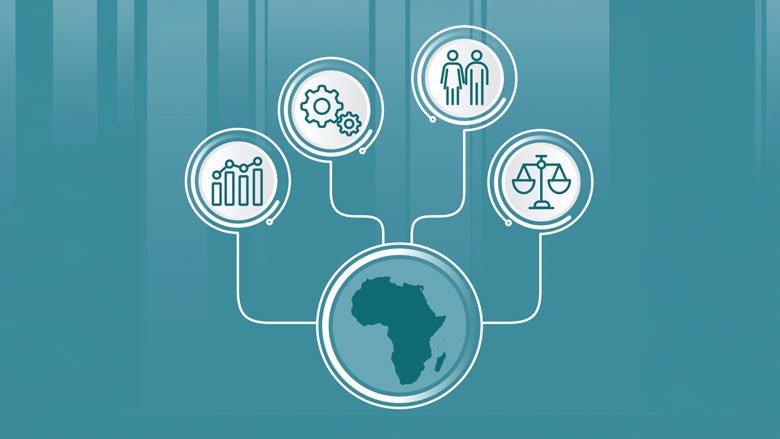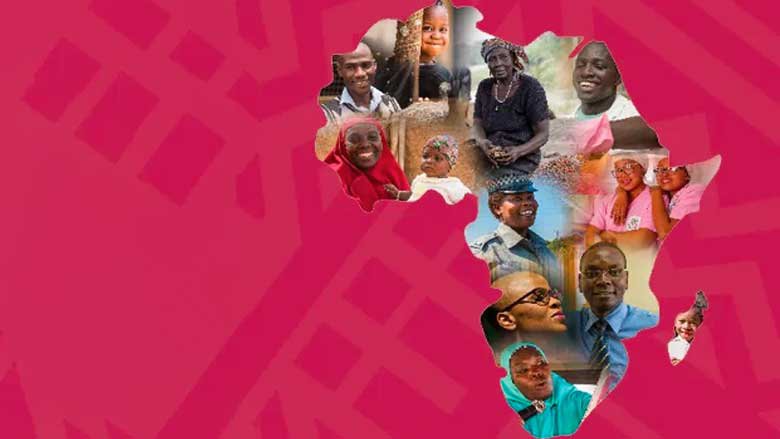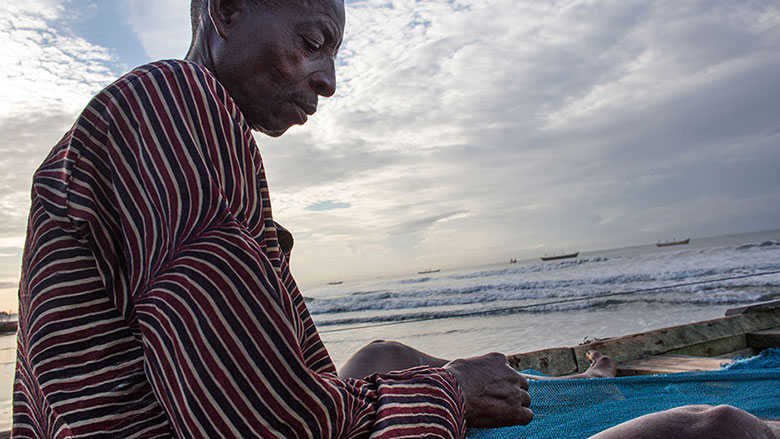Zambia is a large, landlocked, resource-rich country with sparsely populated land in the center of Southern Africa. It shares its border with eight countries (Angola, Botswana, Democratic Republic of Congo, Malawi, Mozambique, Namibia, Tanzania, and Zimbabwe) that expands its regional market for goods and services.
Zambia is experiencing a large demographic shift and is one of the world’s youngest countries by median age. Its population, much of it urban, is estimated at about 19.6 million (2021), with a rapid growth rate of 2.7% per year, reflecting the relatively high fertility rate. As the large youth population attains reproductive age, the population is anticipated to double in the next 25 years, resulting in additional pressure on the demand for jobs, health care, and other social services.
Macroeconomic Developments and Outlook
Despite protracted debt restructuring, Zambia’s economy is recovering from the multiple and compounding crises. Real GDP grew at an average rate of 5.7% in 2021-23, primarily driven by growth in transport, information and communications, finance and insurance, and a rebound in hospitality and education. However, the current account narrowed and slipped into deficit in 2023 due to a contraction in copper production and exports for three consecutive years, significantly reducing foreign currency earnings. Combined with the uncertainty in finalizing Zambia’s debt restructuring, this put pressure on the exchange rate, leading to 41.8% depreciation in 2023. At the same, the depreciation fueled inflation to rise way above the Bank of Zambia's 6–8% target range, despite monetary restraint and fiscal prudence.
Progress on debt restructuring, including a recent agreement in principle with bondholders accepted by official creditors and the IMF, is paving the way for exchange rate stability, which is expected to bolster macroeconomic stability and reduce inflation. In 2024, a cholera epidemic and severe drought that has adversely impacted agriculture and food production, electricity availability, and water supply will dampen growth. However, an expected upturn in mining driven by foreign direct investment inflows into critical green energy transition minerals, if realized, may offset some of the losses.
Zambia ranks among the countries with the highest levels of poverty and inequality globally. Poverty reached 60% of the population in 2022, up from 54.4% in 2015, worsened by limited job creation and declining labor earnings. The urban population recorded the highest reversal, with an 8.5 percentage point increase in poverty incidence reaching 31.9% in 2022. The spike is undoubtedly linked to the COVID-19 pandemic and the ensuing debt crisis. However, the growth deceleration that preceded the crises was already manifesting in weakening labor market indicators such as formal employment and earnings. Meanwhile, rural poverty remained widespread and stagnant, surpassing 75% since 2010. Rural/urban disparities in access to essential services remain stark, hindering human capital development and labor productivity.
Political Context
Zambia gained its independence in 1964 under the leadership of first President Kenneth Kaunda. The nation is considered a stable country with successful democratic elections held every five years. After many years of a one-party state, Zambia became a multi-party state in 1991.
Zambia’s democracy is evident by the nine Presidential elections and four different political parties that have so far ruled the country. Among them are the United National Independence Party (UNIP 1964-1991), Movement for Multiparty Democracy (MMD 1996-2011), Patriotic Front (PF2011-2021), and currently the United Party for National Development (UPND). The current President, Hakainde Hichilema of the UPND, was elected in August 2021 after defeating then-incumbent President Edgar Lungu of the Patriotic Front. The next presidential elections in Zambia will be held on August 12, 2026.
Last Updated: Apr 09, 2024


